1)

2)

3)

4)

5)

6)

7)

8)

9)

10)

11)

12)

13)

14)

15)

16)

17)

18)

19)

20)



1)

2)

3)

4)

5)

6)

7)

8)

9)

10)

11)

12)

13)

14)

15)

16)

17)

18)

19)

20)


1)

2)
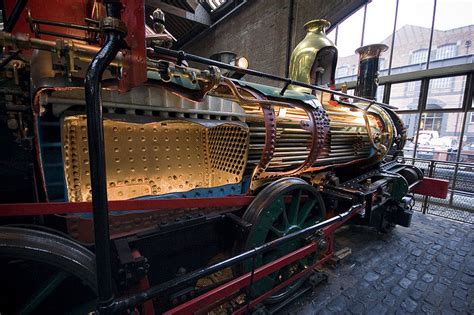
3)

4)

5)

6)

7)

8)

9)

10)

11)

12)

13)

14)

15)

16)

17)

18)

19)

20)


1)

2)

3)

4)
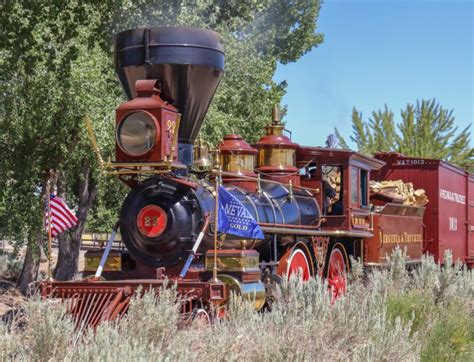
5)

6)

7)

8)

9)

10)

11)
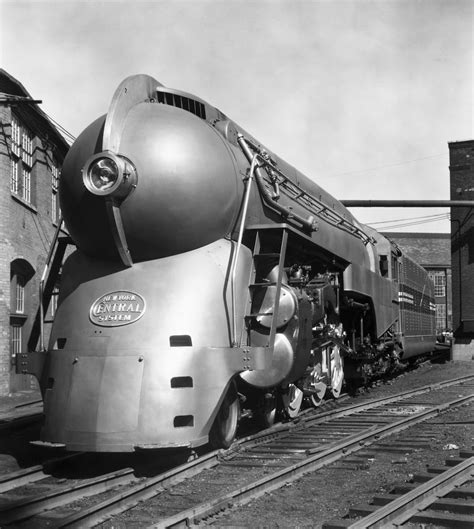
12)

13)

14)

15)

16)

17)
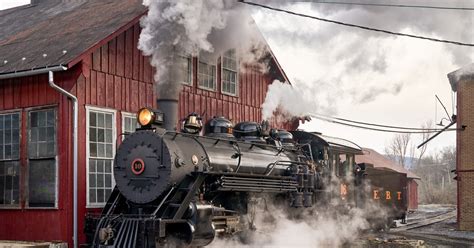
18)

19)
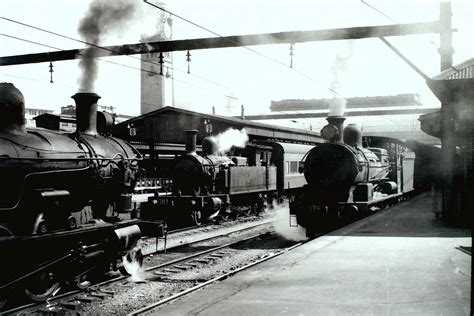
20)


1)

2)

3)

4)

5)

6)

7)

8)

9)

10)

11)

12)

13)

14)

15)

16)

17)

18)

19)

20)


1)

2)

3)

4)

5)

6)

7)

8)
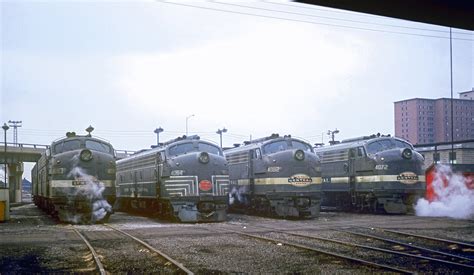
9)

10)

11)

12)
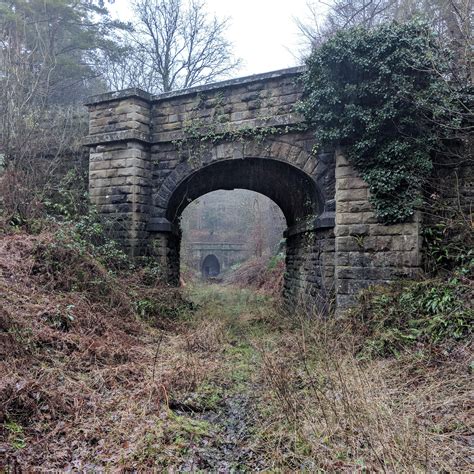
13)

14)

15)

16)

17)

18)
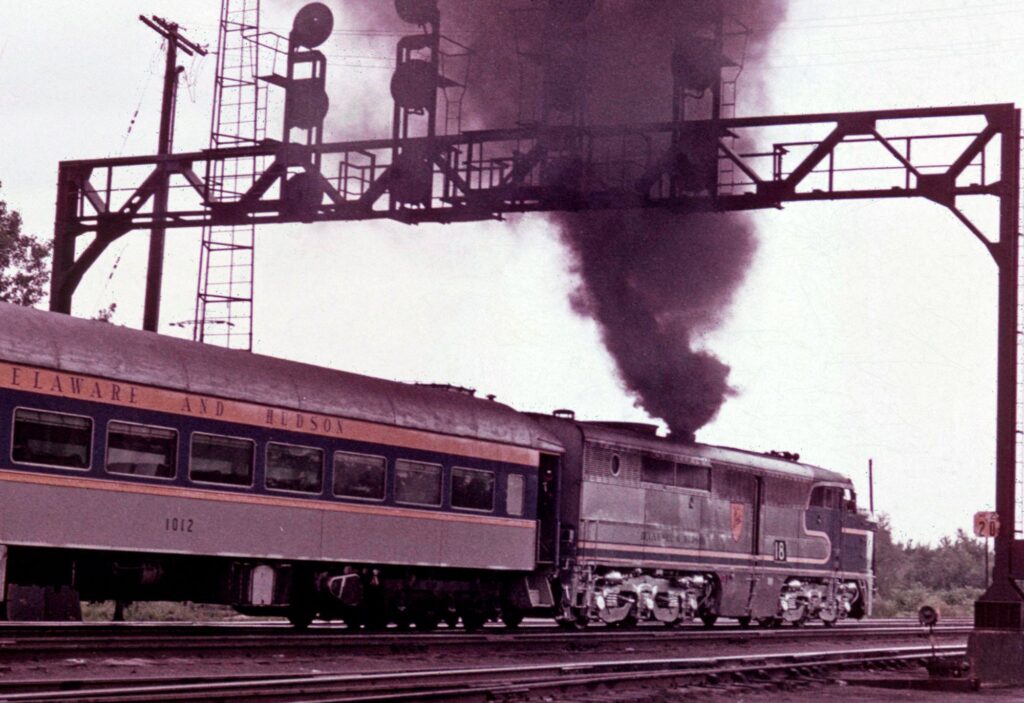
19)

20)


1)

2)

3)

4)

5)

6)

7)

8)

9)

10)

12)

13)

14)

15)

16)

17)

18)

19)

20)


Based in Cortland, New York. A carriage maker that transitioned to truck making in 1909 and built trucks until purchased by Mack Trucks in 1956 and continued as a separate division until 1977.
1)


2)

3)

4)

5)

6)

7)

8)

9)

10)

11)

12)

13)

14)

15)

16)

17)

18)

19)

20)





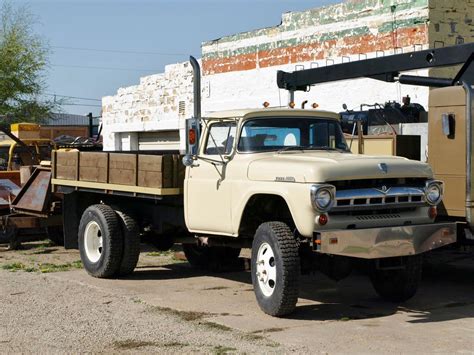








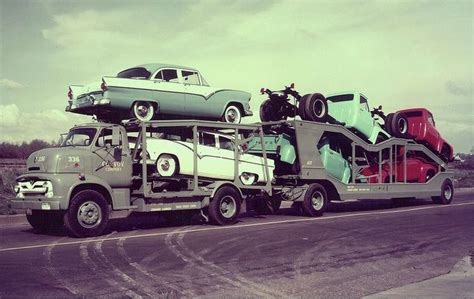








1)



2)
3)

4)

5)

6)
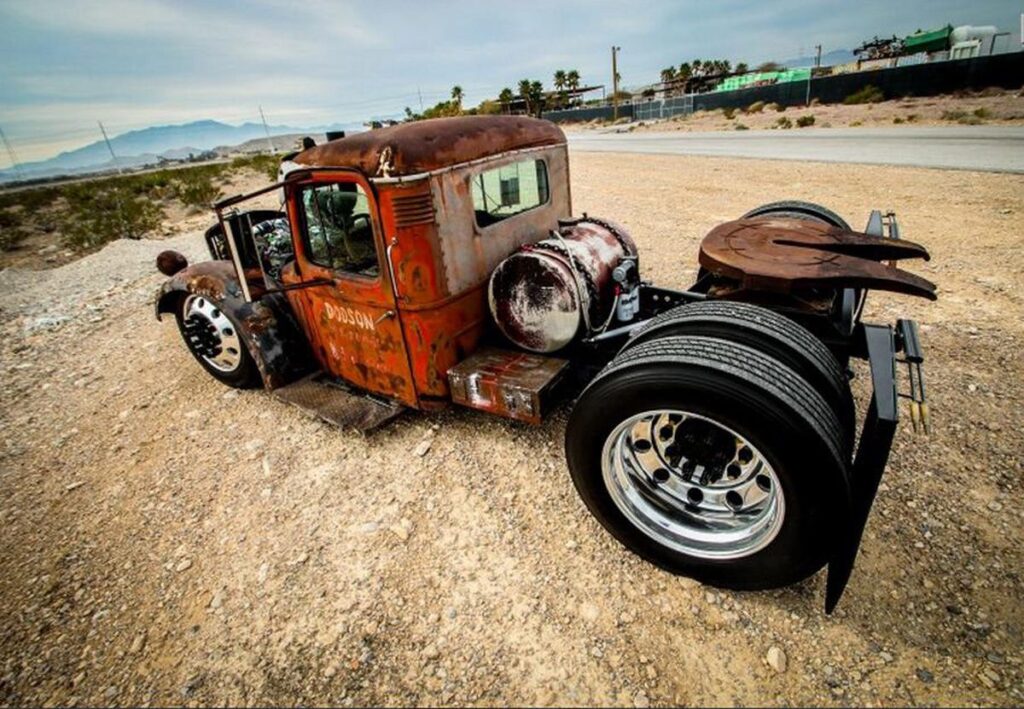
7)

8)

9)

10)

11)

12)

13)

14)

15)

16)

17)

18)

19)

20)
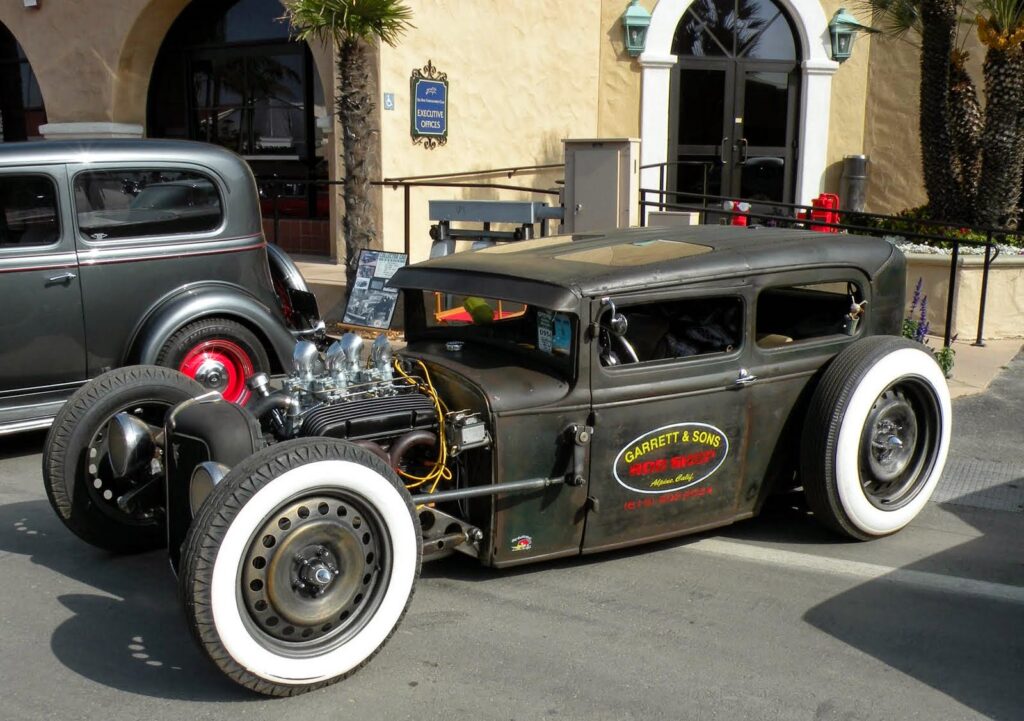
21)

22)

23)

24)

25)


1)

2)

3)

4)

5)

6)

7)

8)

9)

10)
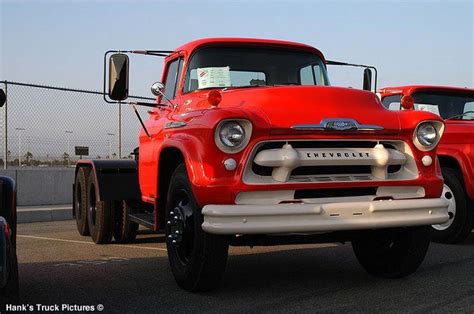
11)
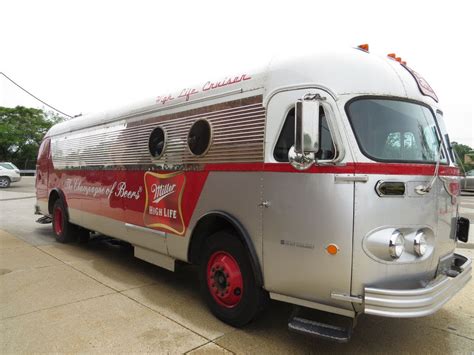
12)

13)

14)

15)

16)

17)

18)
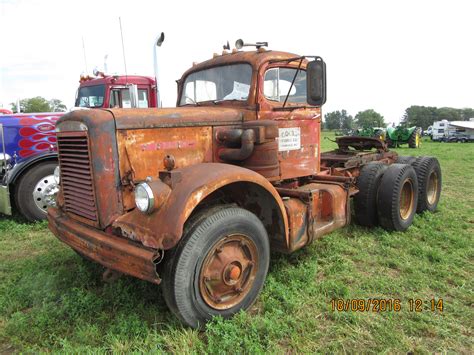
19)

20)

